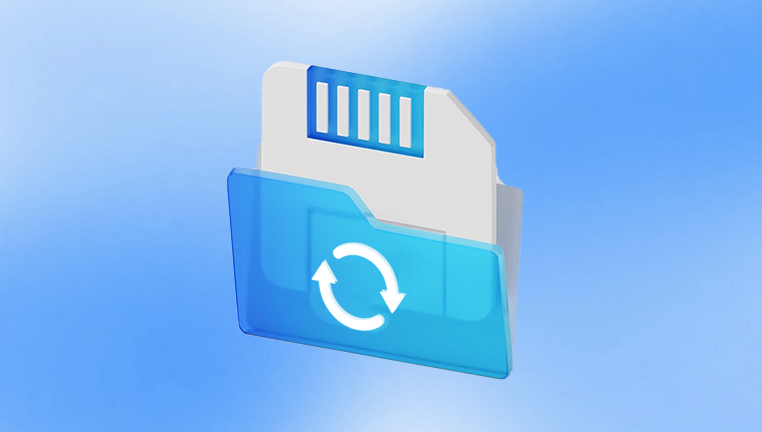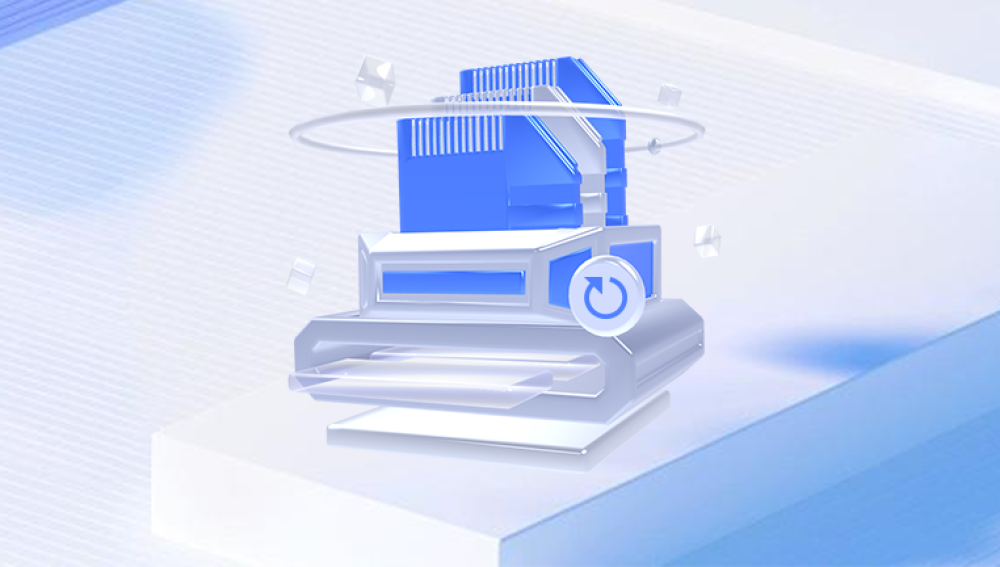Formatting an SD card can be a crucial step for various reasons, including improving performance, fixing errors, or preparing the card for a different device. However, many users worry about losing their valuable data during the process. Fortunately, there are methods and best practices to format an SD card while minimizing the risk of data loss.
1. SD Card Formatting
Before diving into the specifics of formatting, it’s essential to understand what formatting an SD card entails. Formatting is the process of preparing the storage device for use by establishing a file system that allows for data management. This process erases the existing file system and data structure, making it necessary to take precautions to avoid data loss.
2. Why Format an SD Card?
Formatting an SD card is necessary for various reasons, including:
Error Correction: If the SD card has become corrupted or is showing errors, formatting can restore its functionality.
Changing File Systems: Different devices may require different file systems (FAT32. exFAT, NTFS), necessitating a format.
Freeing Up Space: If the card is cluttered with old files, formatting can clear everything out and provide a fresh start.
Preparing for New Use: If you plan to use the SD card in a different device, it may be necessary to format it to ensure compatibility.

3. Precautions Before Formatting
To minimize the risk of data loss, follow these precautions:
Backup Your Data: Always create a backup of your data before formatting. This is the most effective way to ensure that you won’t lose anything important.
Check for Errors: Use error-checking tools to assess the health of the SD card before formatting.
Use Reliable Tools: Choose trusted software or built-in operating system tools for formatting.
4. How to Backup Data from an SD Card
Before formatting, it's crucial to back up your data. Here’s how to do it:
A. Manual Backup
Insert the SD Card: Use an SD card reader or connect the device directly to your computer.
Open File Explorer (Windows) or Finder (Mac): Navigate to the SD card’s directory.
Copy Files: Select the files and folders you want to back up. Right-click and select “Copy,” then paste them into a designated backup folder on your computer.
B. Using Backup Software
Choose a Backup Tool: There are several tools available, such as EaseUS Todo Backup or Acronis True Image.
Follow the Instructions: Install and follow the software’s instructions to select the SD card and backup files to your computer.
5. Formatting Methods
Once your data is safely backed up, you can proceed to format the SD card. Here are several methods to do so:
A. Formatting on Windows
Insert the SD Card: Connect the SD card to your computer.
Open Disk Management:
Right-click on the Start menu and select “Disk Management.”
Locate the SD Card: Find your SD card in the list of drives.
Format the SD Card:
Right-click on the SD card and select “Format.”
Choose the file system (FAT32 for cards under 32GB, exFAT for larger ones).
Check “Quick Format” to speed up the process and click “OK.”
Complete the Process: Wait for the formatting to complete.
B. Formatting on macOS
Insert the SD Card: Connect the SD card to your Mac.
Open Disk Utility:
Go to Applications > Utilities > Disk Utility.
Select the SD Card: Click on the SD card in the left sidebar.
Erase the SD Card:
Click on “Erase” at the top.
Choose a name and select the format (MS-DOS (FAT) for FAT32. ExFAT for larger cards).
Complete the Process: Click “Erase” to format the card.
C. Using Command Prompt (Windows)
Open Command Prompt: Search for “cmd” in the Start menu.
Access Diskpart:
Type diskpart and hit Enter.
List Disks: Type list disk to see all connected drives.
Select the SD Card: Type select disk X (replace X with the disk number of your SD card).
Format the Card: Type format fs=exfat quick (or format fs=fat32 quick for smaller cards) and hit Enter.
D. Using Third-Party Tools
For more advanced features, consider third-party software like MiniTool Partition Wizard or AOMEI Partition Assistant. These tools often provide more flexibility and options for formatting, including partition management.
6. Recovering Data After Formatting
If you accidentally format your SD card without backing up your data, don’t panic! There are several methods to recover lost data:
A. Using Data Recovery Software
Choose Recovery Software: Drecov Data Recovery
Install the Software: Download and install the recovery tool.
Scan the SD Card:
Connect the SD card to your computer and run the software.
Select the SD card and initiate a scan.
Recover Files: Once the scan is complete, preview and select the files you want to recover, then save them to a different location.
B. Professional Data Recovery Services
If the data is critical and software recovery doesn’t work, consider professional data recovery services. These experts have advanced tools and techniques for recovering data from formatted or damaged SD cards.
7. Tips for Future Data Management
To avoid the need for formatting and potential data loss in the future, consider the following tips:
Regular Backups: Consistently back up your data to a reliable location.
Safely Eject Devices: Always safely eject your SD card from devices to prevent corruption.
Check for Errors: Regularly use error-checking tools to maintain the health of your SD card.
Avoid Frequent Formatting: Only format your SD card when necessary to preserve data integrity.
Always remember to maintain regular backups and check your SD card’s health to ensure that your data remains secure. Whether you’re improving performance or preparing for new uses, this guide will help you navigate the formatting process with confidence.




